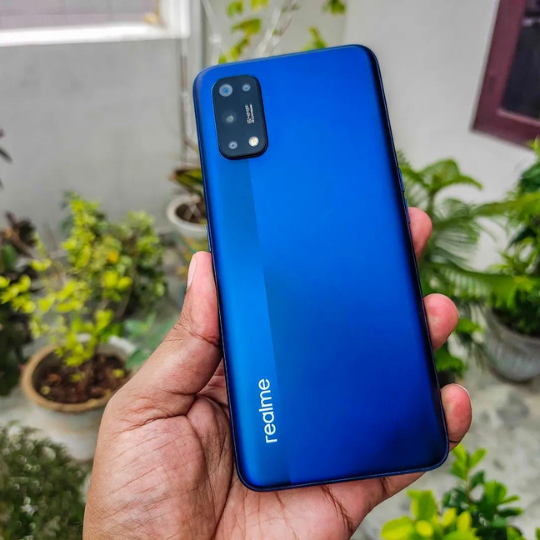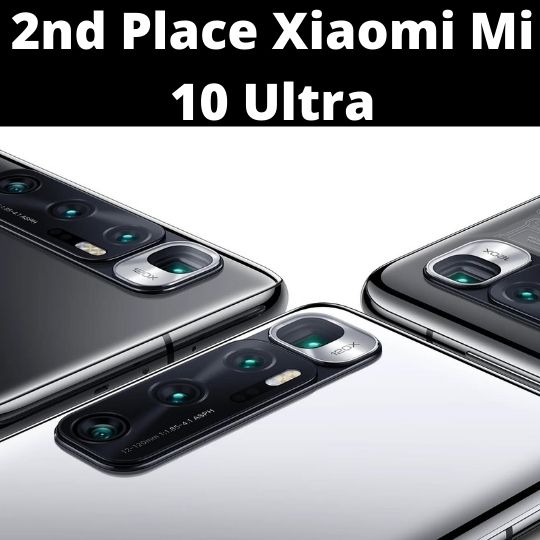Future camera upgrades are objectively unachievable without a substantial redesign of the smartphone itself, engineers concluded.

Because all flagship models come with virtually perfect technology modules, we’ll have to consider an alternative strategy to pick a winner.
Engineers are stumped as to how to improve already outstanding cameras.
Furthermore, the competition among the companies is considerably fiercer, because the stakes are millions of dollars in potential profit for the company.
Looking at the results of the top Apple, Samsung, and other A-brand cameras a few years ago, it appeared that the development of these models was ready to come to an end.
Quality photos without noise even in low light conditions, super-fast autofocus, optical stabilization when shooting video – what else can be improved?
Perfection, on the other hand, knows no limitations, and the development of new features and improvements is entirely reliant on client demand.
By the beginning of 2022, all major brands had already impressed the public with announcements and releases of new top smartphone models.
An expert from the writing company that provides a “pay for my essay” service to students compiled for you a list of the five top cameras on mobile devices in 2022.
The smartphones listed below all shoot excellent images and movies.
The difference in quality between the cameras will be nearly imperceptible to most people.
However, specialists with a narrow focus can still prioritize, stressing the benefits and drawbacks of a certain model.
5th Place iPhone 13 and iPhone 13 mini
Even though these devices are among the most basic in the series, their cameras are worth mentioning.
Despite having only two cameras, unlike the rest of its competitors on the list, the module lacks a telephoto lens.
- Main lens: 12 MP, f/1.6 aperture, 26 mm equivalent focal length, OIS optical stabilization, 1.7-micron pixel size, Dual Pixel autofocus.
- Ultra-wide angle lens: 12 MP, f/2.4 aperture equivalent to 13 mm, PDAF, 120-degree shooting angle.
With the exception of the telephoto lens, the camera performance is quite similar to the larger, more expensive iPhone 13 Pro.
These two models appear to be almost the finest alternative for photographers who prefer the smallest gadgets because to their compact size.
Top-quality exposure, attractive colors, and a consistent good autofocus mechanism contribute to the iPhone 13 mini and iPhone 13 cameras’ high scores.
In comparison to last year’s model, the detailing has clearly increased. In bright light and indoors, the camera produces excellent photos.
While the lack of a telephoto lens makes it difficult to compete with the category’s top-rated smartphones, the ultra-wide-angle camera produces exceptional results.
The iPhone 13 and iPhone 13 mini are also among the best in the premium market when it comes to video recording.
The precise exposure, wide dynamic range, and smooth autofocus all contribute to this.
4th Place Oppo Find X3 Pro
Despite the fact that this brand’s models aren’t popular in our market, the company is one of the world’s largest.
The company’s top flagship, which falls into the ultra-premium category, exemplifies this.
The Oppo Find X3 Pro combines all of the top features that the company’s engineers couldn’t leave out while designing the camera.
Four of them were present on the back panel at the same time:
- Main дens: 50MP, 1/1.56 Sony IMX 766 sensor, f/1.8 aperture, 26mm focal length, PDAF, OIS
- Ultra-wide angle lens: 50 MP, 1/1.56 Sony IMX 766 sensor, f/2.2 aperture, 110.3 degrees, PDAF
- Telephoto lens: 13 MP, f/2.4 aperture, the focal length of 52 mm.
- Microscope: 3MP, f/3.0 aperture, 30x magnification (60x software zoom).
The microscope camera draws attention, and the curious user will not be able to ignore it.
After all, you can use it to observe what is normally hidden from view and gain a new perspective on familiar objects.
The telephoto lens includes a 5x hybrid zoom capacity, which is more than just a digital zoom and is the result of complex algorithms.
3rd Place: Huawei P40 Pro and Huawei P40 Pro Plus
The following are the camera characteristics for the Huawei P40 Pro:
- Ultra Vision main camera: 50MP sensor resolution, 23mm focal length, f/1.9 aperture with Octa Phase Detection autofocus, optical image stabilization;
- Ultra wide-angle lens: 40 MP, focal length of 18 mm, aperture f/1.8;
- Telephoto lens: 12MP, 5x optical zoom, 125mm focal length, f/3.4 aperture
- ToF-camera for taking portrait photos;
- Front camera: 32 MP with IR sensor for scene depth detection and 4K video shooting.
The Huawei P40 Pro+ variant is distinguished by its telephoto lens, or rather two at once.
The first is an 8-megapixel module with periscopic optics that allow for a 10-fold optical zoom, and the second is an 8-megapixel module with periscopic optics that allow for a 3-fold optical zoom, an aperture of f/2.4, and a focal length of 80 mm.
The focal length of the “telescope” is 240 mm, with an aperture of f/4.4.
2nd Place Xiaomi Mi 10 Ultra
Another camera phone with two telephoto lenses can completely satisfy the needs of the average lover of mobile photographing and video shooting.

The 108-megapixel main lens was dropped from the Ultra model (as it was in the Pro version), but the focal length of the main telemodule with a periscopic lens arrangement was raised from 94 to 120 mm.
The ultrawide camera on the other hand boasts the largest viewing angle of any current smartphone.
- Basic lens: Quad-Bayer sensor, 48 MP, 25 mm focal length, f/1.85 aperture, optical image stabilization, PD autofocus;
- Telephoto lens: 12MP, 50mm focal length, f/2 aperture, Duel-Pixel autofocus, 2x optical zoom;
- Telephoto: Quad-Bayer Sensor, 48MP, 120mm focal length, f/4.1 aperture, optical image stabilization, PD autofocus, 5x optical zoom;
- Ultra wide-angle lens: 20MP, 12mm focal length, F/2.2 aperture, PD autofocus;
- Front camera: 20 MP sensor resolution;
- Multispectral color temperature sensor;
1st Place Samsung Galaxy S21 Ultra
The addition of a second telephoto lens with 10x optical zoom was the most notable feature of the new flagship Samsung Galaxy S21 Ultra (excluding for the Galaxy Z line’s flagship devices).
The optics are fantastic, allowing you to view and photograph the Moon without resorting to artificial intelligent methods like merging third-party images in the Huawei style.
Aside from that, the smartphone’s photography capabilities haven’t changed much since last year’s Galaxy S20 Ultra, and the novelty even lost 3 points in the DxOMark ranking to its older brother, failing to make the top ten best camera phones.
Main Characteristics of Samsung Galaxy S21 Ultra cameras
- Wide-angle camera: 108 MP, 0.8 µm pixel size and 2.4 microns in Nonacell dot-binning mode, f/1.8 aperture, optical image stabilization, 24 mm focal length, phase detection autofocus;
- Telephoto lens: 10 MP, 1.22-micron point size, F/2.4 aperture ratio, optical image stabilization, 72 mm focal length, 3x optical zoom;
- Telephoto lens: 10 MP, 1.22-micron dot size, F/4.9 aperture ratio, optical image stabilization, 240 mm focal length, 10x optical zoom;
- Ultra wide-angle camera: 12 MP resolution, 1.4-micron pixel size, F/2.2 aperture, 13 mm focal length;
- Front camera: 40 MP, F/2.2.
Also, read about Benefits of migrating from Google Workspace to Microsoft 365, The Basics of Trading You Should Know, Technologies Behind Live Poker Games & VPN VS Antivirus.



